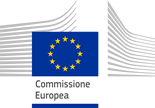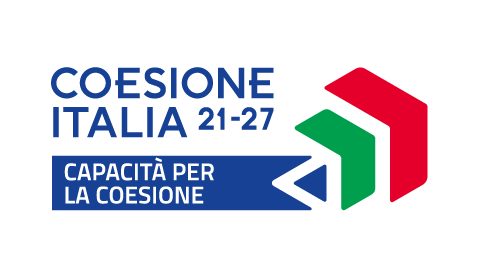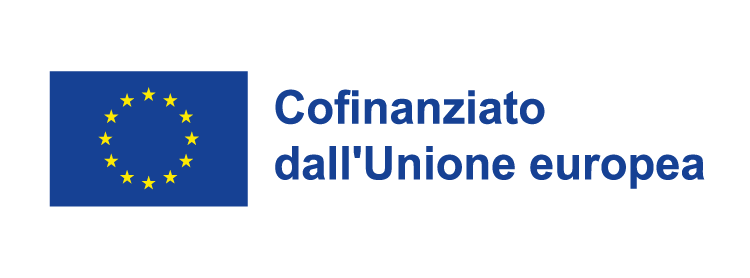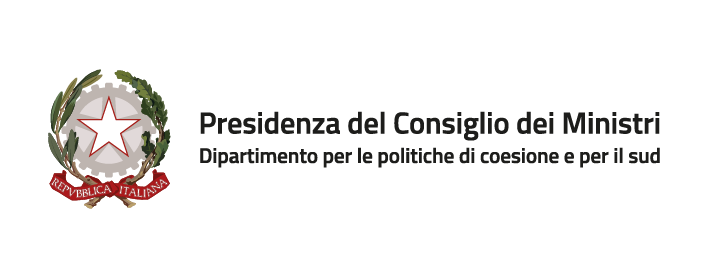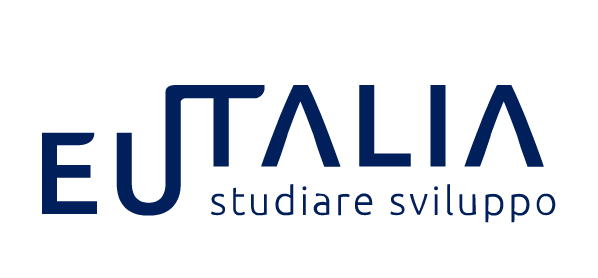
On the 20th of December we met Professor Pampana for the first time, a physicist that helped us during our project with OpenCohesion.
First, Luigi Pampana introduced himself to the class. He is a physicist, and he works for Esaote, an Italian company that works in the biomedical sector. It deals with the design, production, sale and maintenance of medical diagnostic equipment.
Then we presented our project showing the areas of Genoa in which the voucher can be used. After this we started viewing the data regarding this voucher and we found the nurseries in Genoa that have authorised its use.
Subsequently, we saw a graph that showed us families who have used the nursery service for children aged 0 to 3 years old, in Italy and also in Liguria.
We looked at the ISEE data to understand more about it and we decided to write an email to the Comune of Genoa requesting more data.
The Analysts, Coders and Designers within our Opencohesion project have produced a graph based on Social inclusion and Health, using data on the diffusion of childcare services and on the childcare services provided to all users. The data dates back to the years 2018/2019 and it was collected from the areas of Nervi and San Fruttuoso.
The graph demonstrates the reasons why children are not taken care of by all users of childcare services:
- cultural choice
- economical choice
- lack of school facilities
- lack of resources
- high ISEE thresholds
- high unemployment
We requested support and help to Directorate of Education Policies for the New Generations, in particular requesting certain data such as:
- how many requests were received in that year (2018-2019) subdivided by axis and by district;
- how many of them have been evaded;
- what was the maximum ISEE of the requests made;
- what is the maximum ISEE of the requests received;
- evolution of this data over the years.
The Directorate of Education Policies for the New Generations replied informing us that the nursery vouchers for 2018 were the first edition of this program and the project is of Regione Liguria. Because of this the municipalities were not involved, in fact the Directorate suggested contacting Regione Liguria as they have all the data.
On the 8th of February the Coders and Analysts looked for data to create the graph. The research was done on “Regione liguria”, “Comune di Genova” and “Istat”. They were trying to find out how many families managed to use this voucher, but the Researchers struggled to find the data.
We found it very difficult to get hold of the data we requested, but regardless, we managed to find some interesting information.
We were able to find data on the population of the municipalities of Genova Center Est and Genova Medio Levante, along with the total percentage of children aged 0-2 and 3-5. Not only does this allow us to calculate how many children are eligible for the voucher (when combined with the ISEE data), but as the data shows the change in population from 2015 to 2020 we can also see that the relative number of families with children under 6 has fallen. This may be an indication that families are making the decision to have fewer children, a trend that the voucher scheme should hopefully help to address by making families more financially stable. It should also be noted however that many women will have aged past the age of fertility recorded in the data, and so will be excluded from the 2020 results.











